In Virginia, it is still humid and hot, but there is every indication fall is on its way. The leaves are starting to turn and fall. Occasionally you can get that whiff of decaying foliage that smells like autumn, a breeze with a hint of cool, and yes….the definitive sign it is September, school is back!
Backpacks are filling up, morning routines have returned and the mayhem of new class schedules and expectations are here. It is a time of hope for a successful school year, “aha” moments, and opportunities for learning and growth.
At the Active Schools Summit this summer, I had a conversation with a game-changer in the field of moving and learning. She made the argument that we need Maslow before we need Bloom. Brilliant and so very accurate.
As you know, Maslow’s Hierarchy of Needs is a pyramid with 5 layers symbolizing human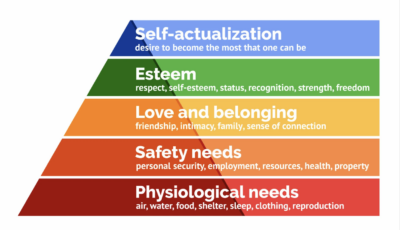 motivational needs. The bottom 4 layers, physiological needs, safety needs, love and belonging, and esteem are deficiency needs while the top layer, self-actualization, is a growth need. Like all pyramids, we cannot secure any layers until the layer beneath is well and firmly established. In other words, we cannot feel safe, as in feel job security, unless we have food and shelter. We cannot develop friendships that come from love and belonging unless we feel safe, and have food and shelter.
motivational needs. The bottom 4 layers, physiological needs, safety needs, love and belonging, and esteem are deficiency needs while the top layer, self-actualization, is a growth need. Like all pyramids, we cannot secure any layers until the layer beneath is well and firmly established. In other words, we cannot feel safe, as in feel job security, unless we have food and shelter. We cannot develop friendships that come from love and belonging unless we feel safe, and have food and shelter.
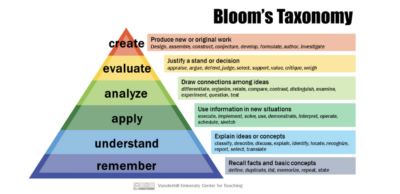 Bloom’s Taxonomy is also a pyramid with each layer dependent on the strength of the layer below. Bloom’s Taxonomy sets up a framework of human cognition and creates a universal language for teachers to use and on which to depend for designing and developing their teaching strategies. According to the pyramid, in order for us to understand something, we must first be able to recall facts and understand basic concepts. In order to use or apply what we have learned we have to understand it and know the facts and concepts.
Bloom’s Taxonomy is also a pyramid with each layer dependent on the strength of the layer below. Bloom’s Taxonomy sets up a framework of human cognition and creates a universal language for teachers to use and on which to depend for designing and developing their teaching strategies. According to the pyramid, in order for us to understand something, we must first be able to recall facts and understand basic concepts. In order to use or apply what we have learned we have to understand it and know the facts and concepts.
To my colleague’s point, if we aren’t satisfying the needs of Maslow, if we are hungry, and do not feel secure or feel confident about ourselves, we will not be able to learn facts or concepts, understand what they mean, or how to use them. We must have Maslow before Bloom’s.
Just to throw a wrench into this line of thought, I would argue the Pivot to Play® Learning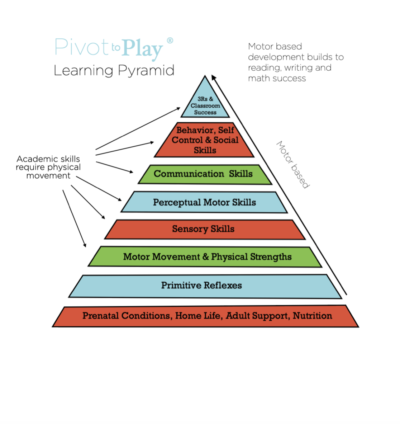 Pyramid comes between the two. This is pretty presumptuous to shove our little, new-to-the-conversation pyramid right in between these two internationally recognized, decades-old behemoths (Maslow 1943; Bloom 1956), but I would like to take a stab at it.
Pyramid comes between the two. This is pretty presumptuous to shove our little, new-to-the-conversation pyramid right in between these two internationally recognized, decades-old behemoths (Maslow 1943; Bloom 1956), but I would like to take a stab at it.
Consider this: Once those first 4 layers or the deficiency needs are met in Maslow, then his top layer begins to bleed into our bottom layers. Our foundational layer is defined by the things we need for a healthy start to life: prenatal conditions, home life, adult support, and nutrition. This is followed by primitive reflexes and their integration, on which strengths and skills are firmly layered. Once strengths and skills are secured, then self-regulation, self-control, and social skills are available to access classroom skills like communication and the 3Rs. From here, one can then begin the process of moving up the layers of Bloom’s Taxonomy. In other words, Maslow’s top layer feeds into our bottom layer while our top layer bleeds into Bloom’s bottom layer.
Kids need to have basic physical, safety, love, and self-value needs met first. This leads to the confidence to test and build physical skills in structured and unstructured play where the brain becomes wired for social and behavioral skills that allow children to communicate and learn. Once these are met, a learning hierarchy of fact recall, concepts, and the ability to apply and analyze them, become available and achievable.
Children need big body physical play to prepare their bodies and brains for learning. They need lots of opportunities for both structured and unstructured play to lay a foundation that makes Blooms easier to move through. Children show us every day how much their bodies and brains need to move. When we open the door to our classrooms or the gate to the playground, they take off running and screaming in delight. That is Mother Nature’s way of showing us their bodies crave movement to prepare for later successes. To sum up, when we don’t meet their need for safety and self-confidence then their need for physicality, we make Bloom’s harder to achieve.
Let’s Get out of the way and let kids play.
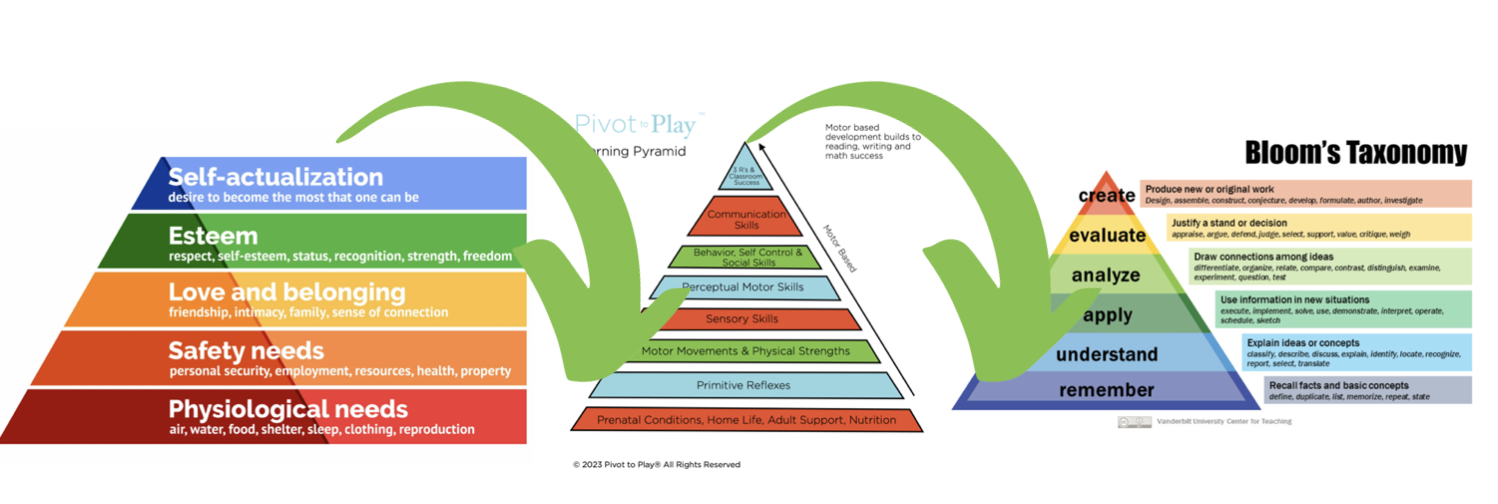
Ready to dive deeper? Check these out:
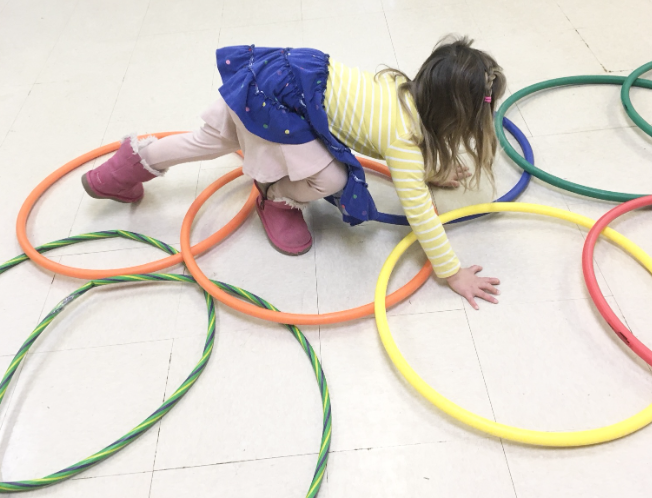
AAA Play Workbook and Audit
when self-regulation and self-control are hard, it is frustrating not just for teachers and parents, but for kids too. And it makes learning harder than it needs to be. Could there be a connection to big body physical play? You betcha! What do you get?
- 14 minutes of video tutorial, including:
- A guide to the workbook
- An overview of 3 of the vital Pivot to Play™ Strengths and Skills and their connection to learning: Proprioceptive and vestibular development and aerobic movement
- A downloadable guide to vestibular and proprioceptive development, including:
- Tips to spot weaknesses
- Tips to strengthen
- A downloadable version of the AAA Play Workbook and Audit
- 6 activities and games you can start using today!
Get it here.
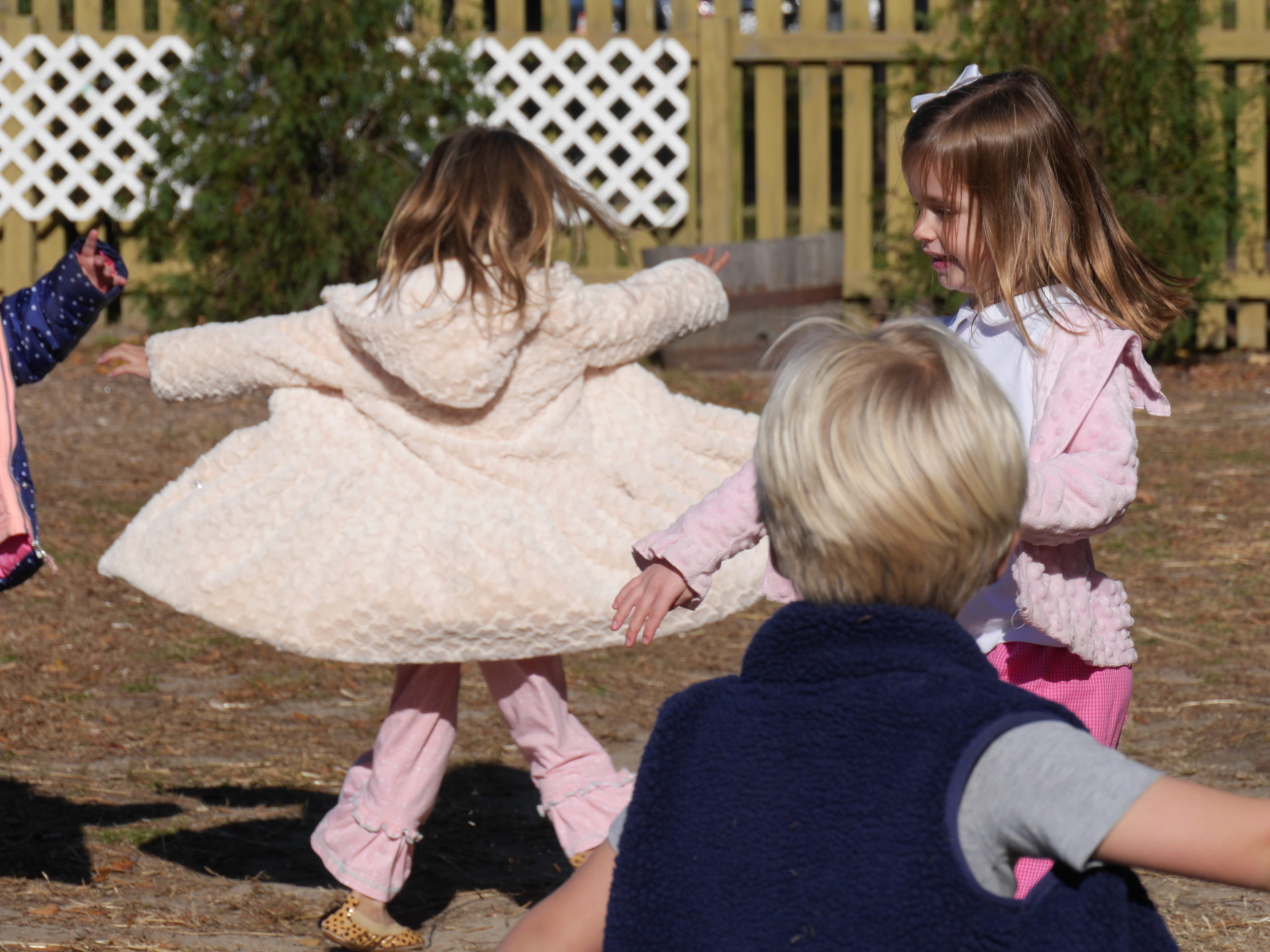
Movement Helps Kids Sit Still
What can you do during the school day to help them get active? How can you be sure you are doing enough? This workbook and audit will help you hone in on where the weaknesses lie (and with whom) and how to analyze and then leverage your schedule to fold in more activity. What do you get?
- A video guide which includes
- 6 ideas for getting kids moving during classroom learning
- a review of the vestibular and proprioceptive systems and how they impact learning and behavior
- HOW to use the audit for time, how to assess kids for vestibular and proprioceptive weaknesses
- tools to find some time for more moving in learning
- A workbook
- An Audit
- Lesson Plans with 6 additional games to put to use immediately
Get it here.
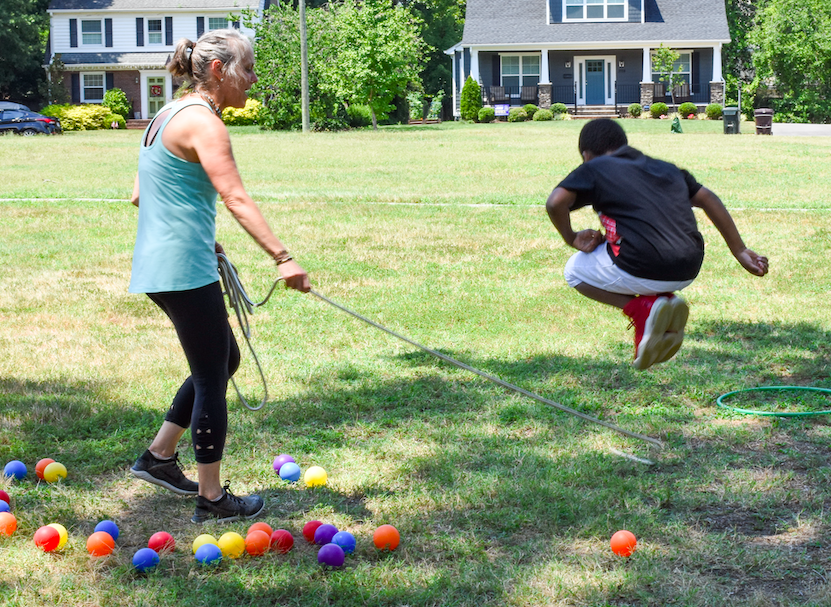
The Foundation for Learning Start with a Physical Base
Your day will be improved dramatically when their day is improved. And it is movement, as shown by the Pivot to Play® Learning Pyramid will help fuel your success. This workbook and audit help you visualize the importance of movement and big body play to a successful day as you strategize sneaking more movement into transitions, waiting, and classroom time. Plus the lesson plans will help you put it all to work in games that are proven and fun! What do you get?
- A 10 minute video guide including:
- Studies and data showing the impact sedentary behaviors have on the brain’s ability to learn
- The Pivot to Play® Learning pyramid
- Worksheet to help you design ways to add more moving to your day
- 6 ideas on getting kids moving during the day
- A downloadable workbook
- A downloadable audit
- Lesson Plans with 6 additional game
Get it here.
Maslow’s pyramid from Simply Psychology
Bloom’s pyramid from Vanderbilt University Center for Teaching
